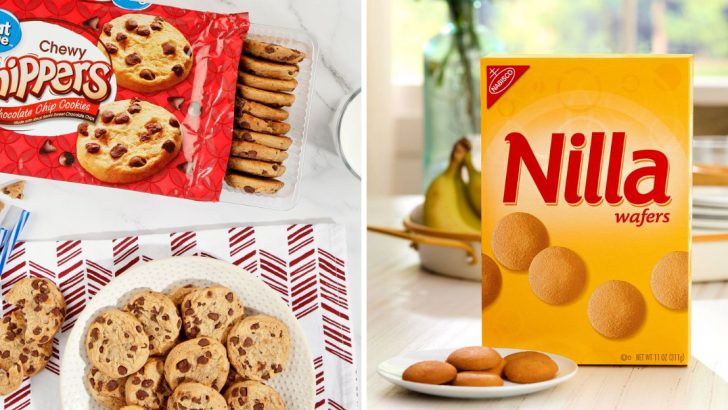Ever wonder what’s actually in those colorful cookie packages lining supermarket shelves? Behind the mouthwatering images and clever marketing lurks a surprising truth about many popular cookie brands.
Many manufacturers cut corners with artificial flavors, questionable preservatives, and cheap fillers that might make you think twice before reaching for that familiar package. Let’s rip open the packaging and expose which cookie brands are serving up the most disappointing ingredients.
1. Oreo
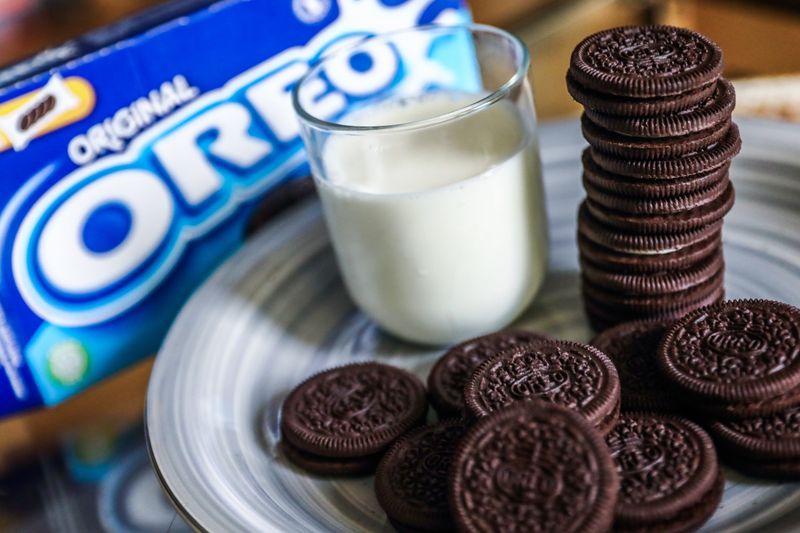
Shocker alert! America’s favorite cookie harbors a chemical cocktail that would make your chemistry teacher blush. The iconic black wafers contain artificial flavors and high fructose corn syrup instead of real chocolate.
What’s worse? That creamy center isn’t cream at all—it’s primarily vegetable oils and corn starch. Zero dairy in sight! The brand even faced lawsuits over their misleading “always made with real cocoa” claims when the cocoa used is heavily processed and alkalized.
2. Chips Ahoy
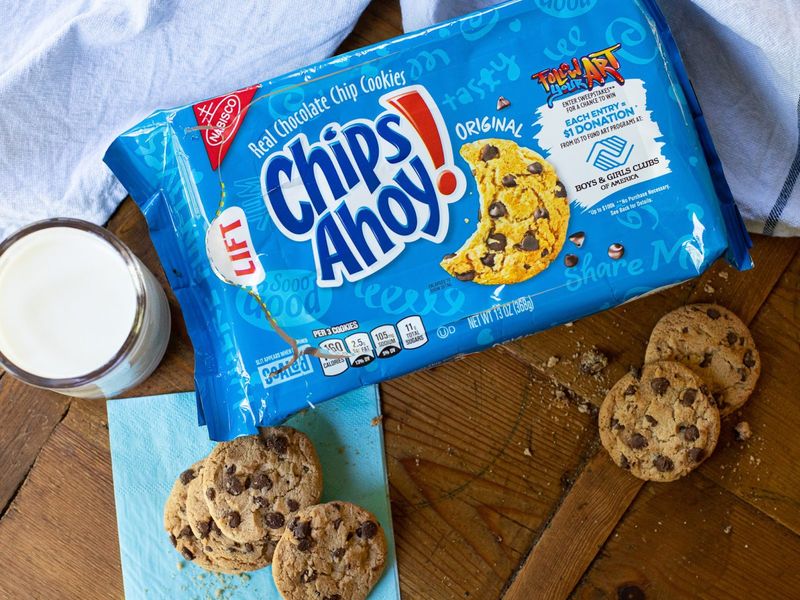
Those tiny specks masquerading as chocolate chips? They’re often a sad blend of sugar, oil, and just enough cocoa to legally call them “chocolate.” Nabisco loads these cookies with palm oil—an ingredient linked to deforestation and cheap production costs.
Flip the package over and you’ll find artificial flavors, high fructose corn syrup, and a preservative list longer than your grocery receipt. Remember when cookies used butter and eggs? Chips Ahoy apparently doesn’t!
3. Keebler
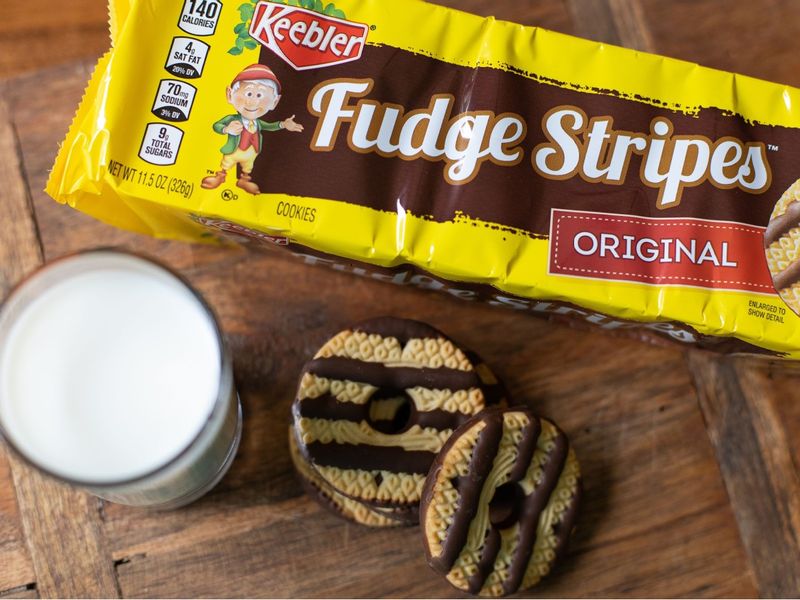
Hollow tree, hollow promises! Those adorable elves are distracting you from some seriously questionable ingredients. Keebler cookies consistently contain partially hydrogenated oils—trans fats that many manufacturers have abandoned due to health concerns.
Yellow 5 and Red 40 dyes lurk in many of their cookies, despite being banned in several countries for potential links to behavioral issues in children. The “fudge” in their famous stripes? It’s mostly corn syrup and artificial flavor.
4. Lorna Doone
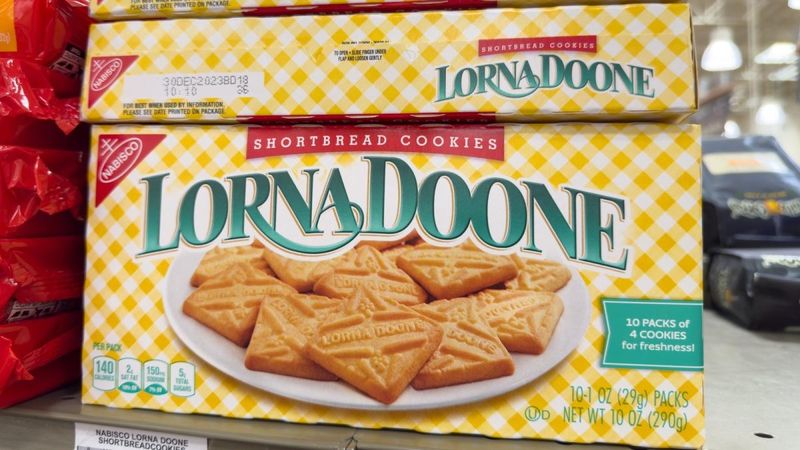
Traditional Scottish shortbread contains just butter, sugar, and flour. Lorna Doone? Not even close! These pale imitations swap real butter for cheaper vegetable oils that deliver none of the rich flavor that makes shortbread special.
Hidden in the ingredient list are artificial flavors trying desperately to mimic butter’s natural richness. The company also adds TBHQ, a preservative derived from petroleum that keeps these cookies shelf-stable for practically forever.
5. Grandma’s Cookies
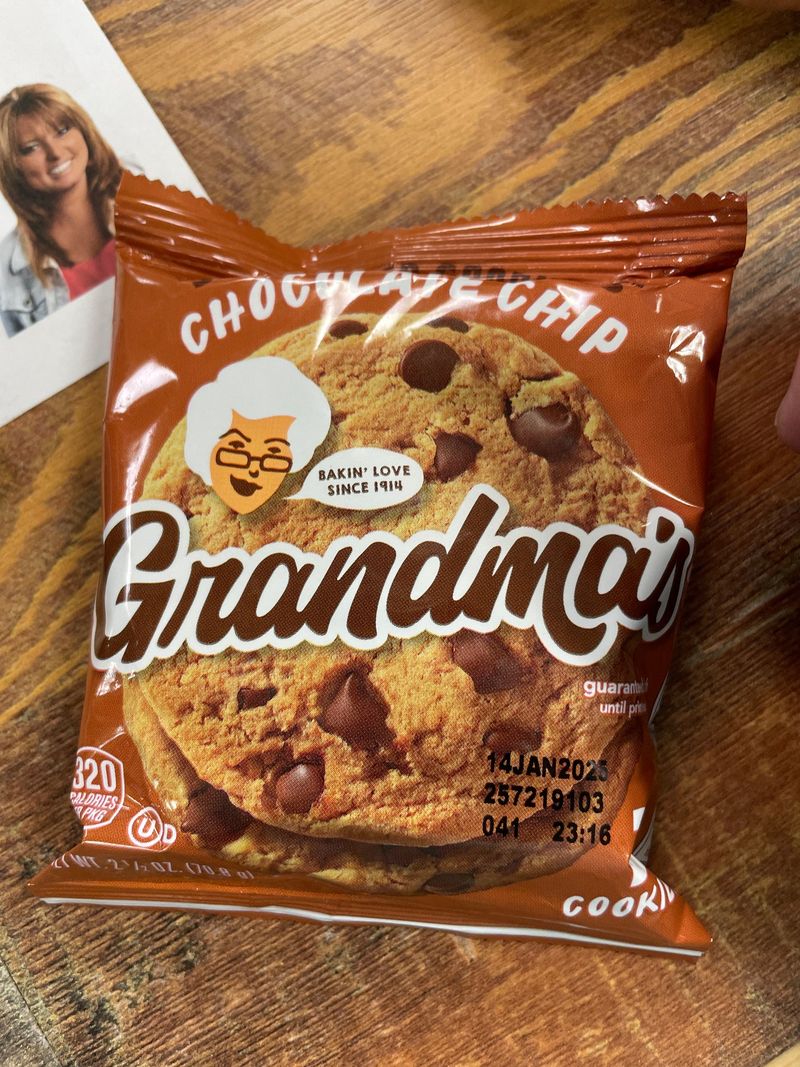
Would your grandmother add artificial flavors, high fructose corn syrup, and partially hydrogenated oils to her homemade cookies? The irony of this brand name is almost criminal! These convenience store staples rely on chemical flavor enhancers to mask their mediocre ingredients.
The chocolate chips contain more wax than cocoa butter, giving them that strange mouthfeel that lingers unpleasantly. Even worse, many varieties contain caramel color—a potential carcinogen according to some research.
6. Great Value
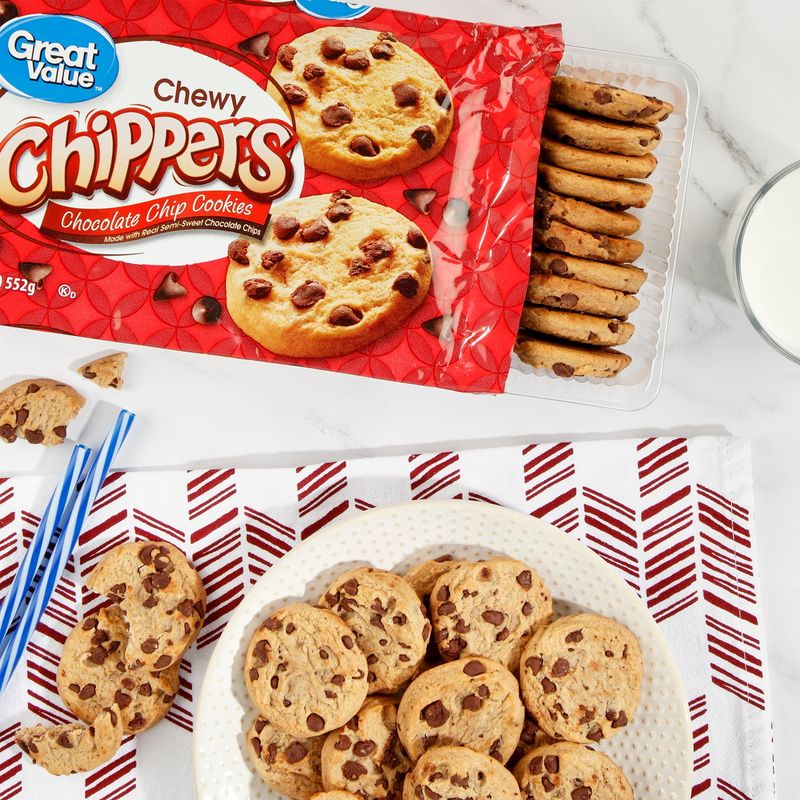
Bargain basement prices come with bargain basement ingredients! Walmart’s store brand cookies exemplify what happens when cost-cutting becomes the primary goal in food production. Their chocolate chip cookies contain more soybean oil than butter and more corn syrup than real chocolate.
Manufacturing shortcuts are evident in the inconsistent texture and frequent broken cookies in each package. Even more concerning: many Great Value cookies contain azodicarbonamide—a dough conditioner also used in yoga mats and plastic production!
7. Smart Way
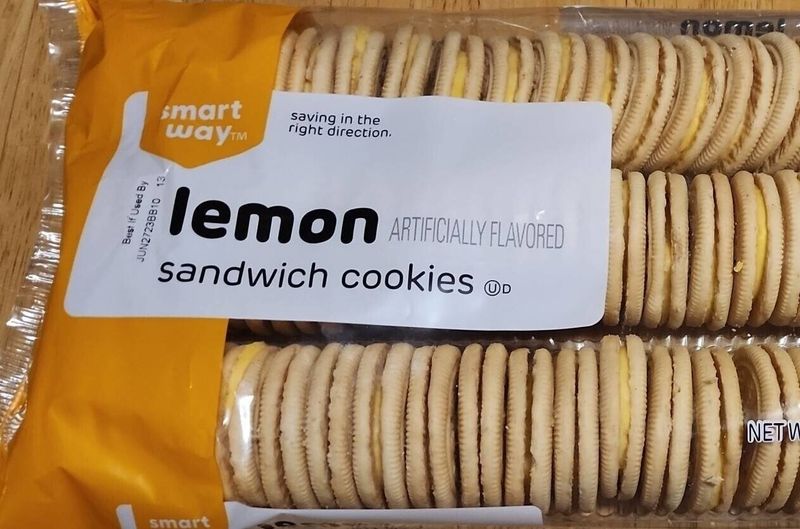
Grocery store generic brands often cut corners, but Smart Way takes ingredient skimping to new lows! These budget cookies replace cocoa butter with hydrogenated vegetable oils that leave a greasy film on your palate.
Most offensive might be their “butter cookies” that contain no butter whatsoever—just artificially flavored vegetable oil. Smart Way? More like Cheap Way when it comes to their ingredient sourcing philosophy!
8. Nilla Wafers
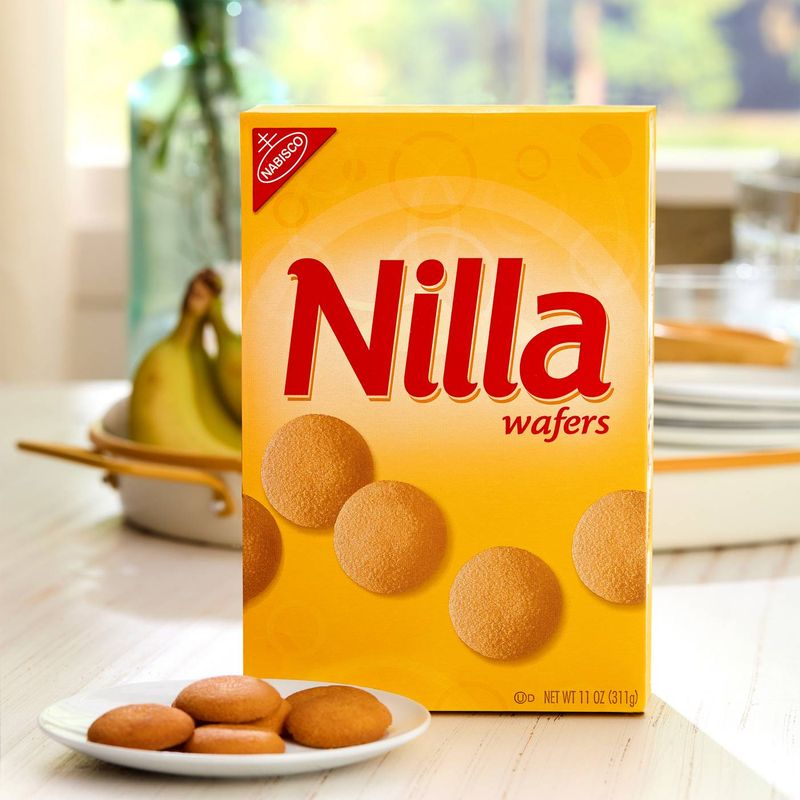
Spoiler alert: There’s barely a whisper of actual vanilla in these iconic yellow discs! Once made with real vanilla extract, today’s Nilla Wafers contain mostly “natural and artificial flavors”—corporate code for synthetic vanillin produced from wood pulp or petroleum derivatives.
The pale color? That’s from artificial yellow dyes, not from egg yolks like traditional vanilla wafers. These cookies also contain corn syrup and soybean oil instead of pure cane sugar and butter found in quality vanilla cookies.
9. Nutter Butter
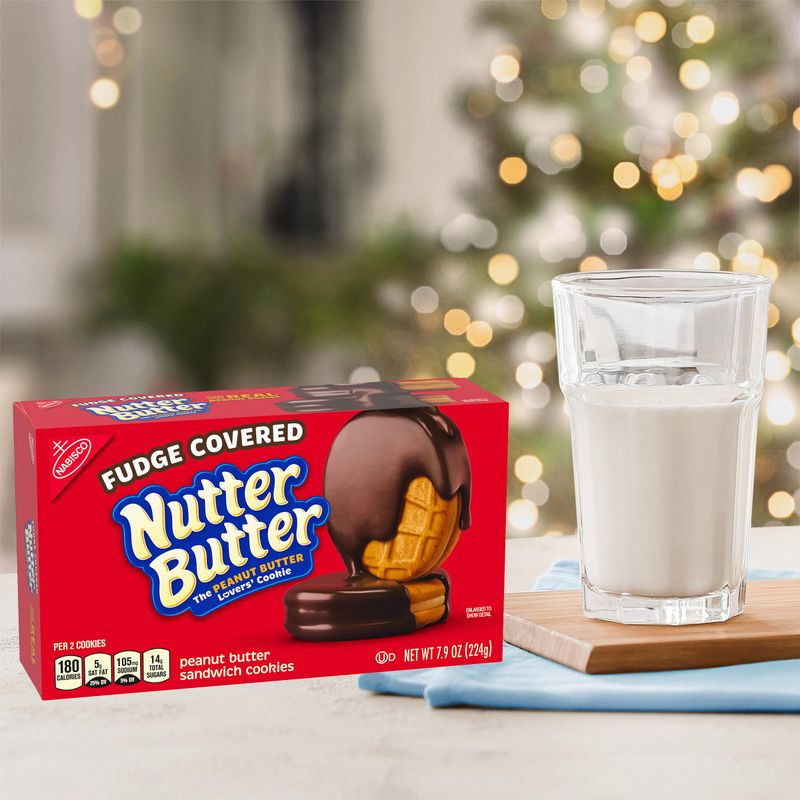
Peanut lovers beware! These peanut-shaped cookies contain surprisingly little actual peanut. The filling uses more sugar and hydrogenated vegetable oils than peanut butter, creating that sticky-sweet paste that bears little resemblance to the real thing.
The cookie portion contains no peanuts whatsoever—just artificial peanut flavoring. Even worse, they add caramel coloring to give the appearance of a peanut-rich product when the reality is far less nutty.
Laboratory-created “peanut notes” provide the aroma that tricks your brain into expecting real peanut flavor.
10. Mother’s Cookies
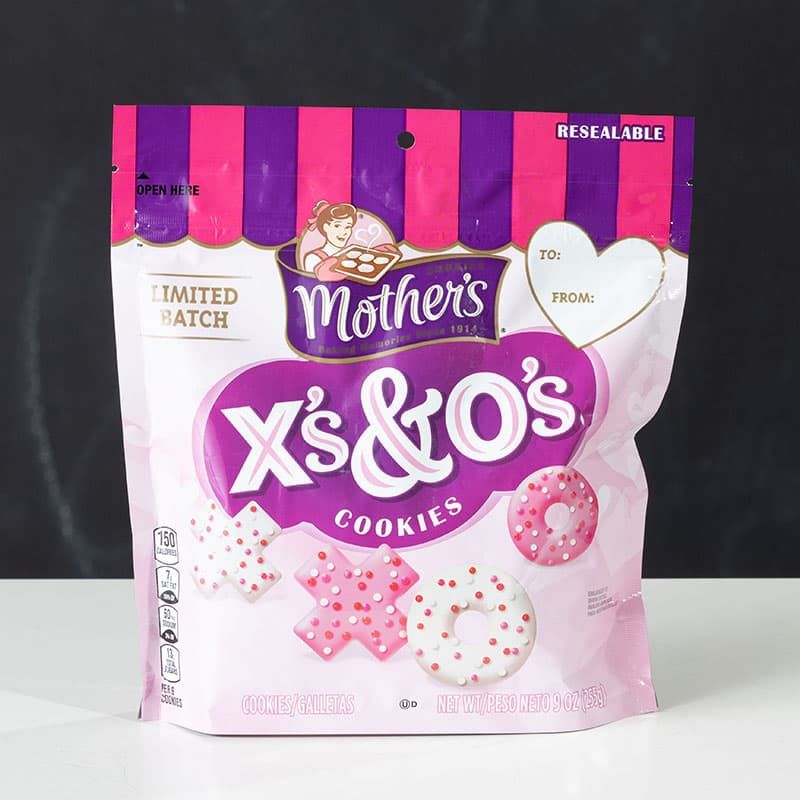
Would any loving mother feed her children Red 40, Yellow 5, and Blue 1 dyes? Those rainbow-colored Circus Animal Cookies might look festive, but they’re a carnival of controversial additives linked to hyperactivity in children.
Their famous pink and white cookies contain more corn syrup than sugar and more vegetable shortening than butter. The company’s bankruptcy and subsequent revival resulted in reformulations that further cheapened ingredients.
11. Stauffer’s
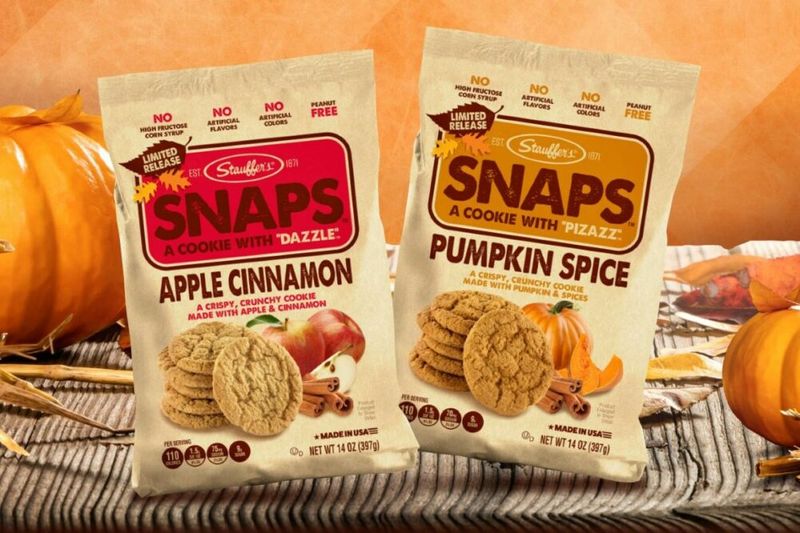
Those nostalgic animal crackers from your childhood have evolved into a chemical menagerie! Stauffer’s relies heavily on high fructose corn syrup and artificial flavors while using the bare minimum of real ingredients like vanilla or lemon.
The company’s Ginger Snaps contain more molasses than ginger, and that molasses is often the lowest grade available. Meanwhile, their Original Animal Crackers have gradually shrunk in size while maintaining the same package dimensions—a sneaky form of inflation most consumers never notice!
12. Famous Amos
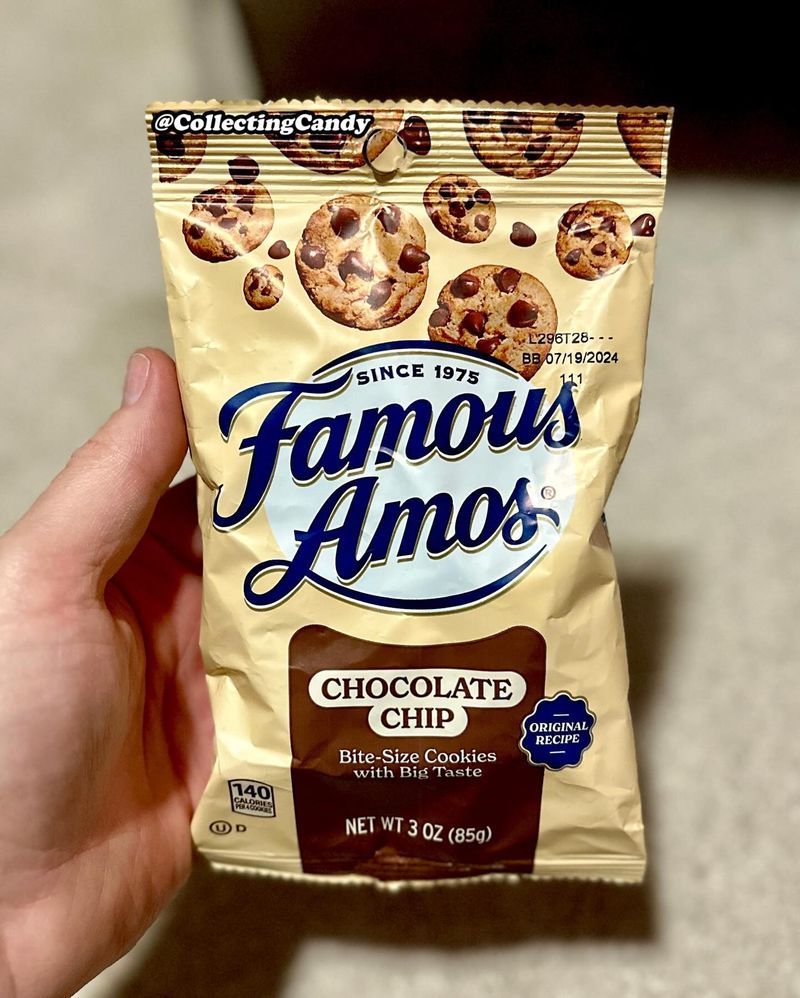
Remember when Famous Amos was actually famous for quality? Those days are long gone! After multiple corporate acquisitions, these once-premium cookies have suffered severe recipe degradation.
The original recipes used Ghirardelli chocolate and premium nuts. Today’s version? Cheap compound chocolate (mostly sugar and oil) and nut pieces so small you’ll need a magnifying glass to spot them. Side-by-side taste tests between vintage and current Famous Amos cookies reveal shocking differences in flavor and texture.
13. Entenmann’s
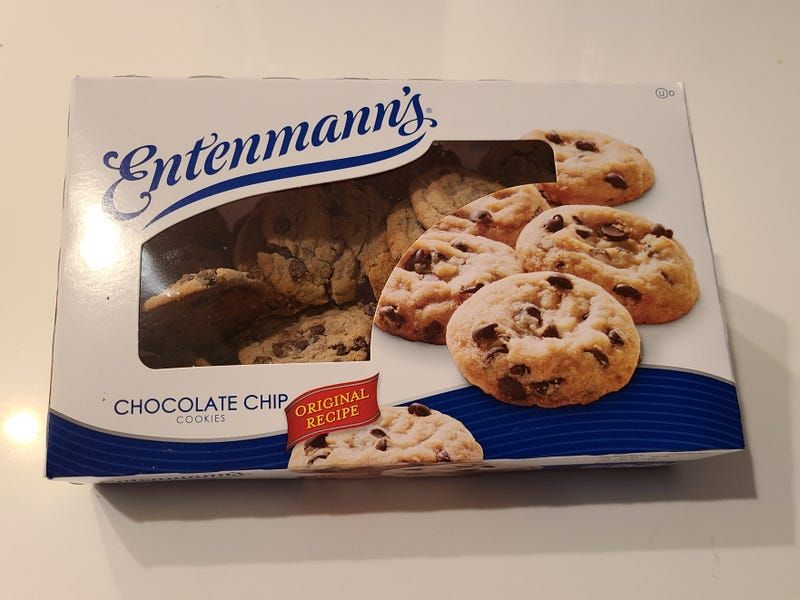
Gas station donut quality in a grocery store cookie! Entenmann’s mass-produced cookies rely heavily on artificial flavors and colors to mask their industrial production methods. Their chocolate chip cookies contain more vegetable oil than butter and more corn syrup than brown sugar.
The company’s transition to longer shelf life resulted in adding more preservatives and dough conditioners than actual flavor ingredients. Their manufacturing process whips excessive air into dough to create the illusion of larger cookies while using less actual ingredients—literally selling you air!
14. Little Debbie

That smiling girl on the package hides some not-so-innocent ingredients! Little Debbie products are among the worst offenders for using cheap hydrogenated oils, artificial colors, and high fructose corn syrup. Their Oatmeal Creme Pies contain minimal actual oats—mostly processed flour with caramel color added for that “oatmeal look.”
The white “creme” filling contains no dairy whatsoever—just vegetable oils whipped with sugar and artificial flavors. Their chocolate coatings use more vegetable oils than cocoa, creating that waxy texture that sticks to the roof of your mouth.
15. SnackWell’s
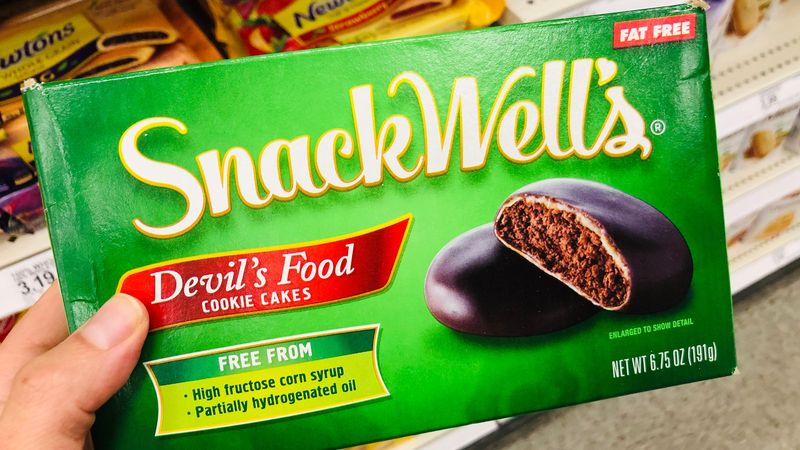
Remember the low-fat craze of the 90s? SnackWell’s capitalized on it by removing fat—and replacing it with extra sugar, refined flours, and artificial ingredients! Their “better-for-you” marketing masks cookies that nutritionists consider worse than regular versions.
Their Devil’s Food Cookie Cakes replace fat with extra corn syrup and artificial flavors. The texture comes from cellulose gum and modified food starch—industrial thickeners that mimic the mouthfeel fat would normally provide.

